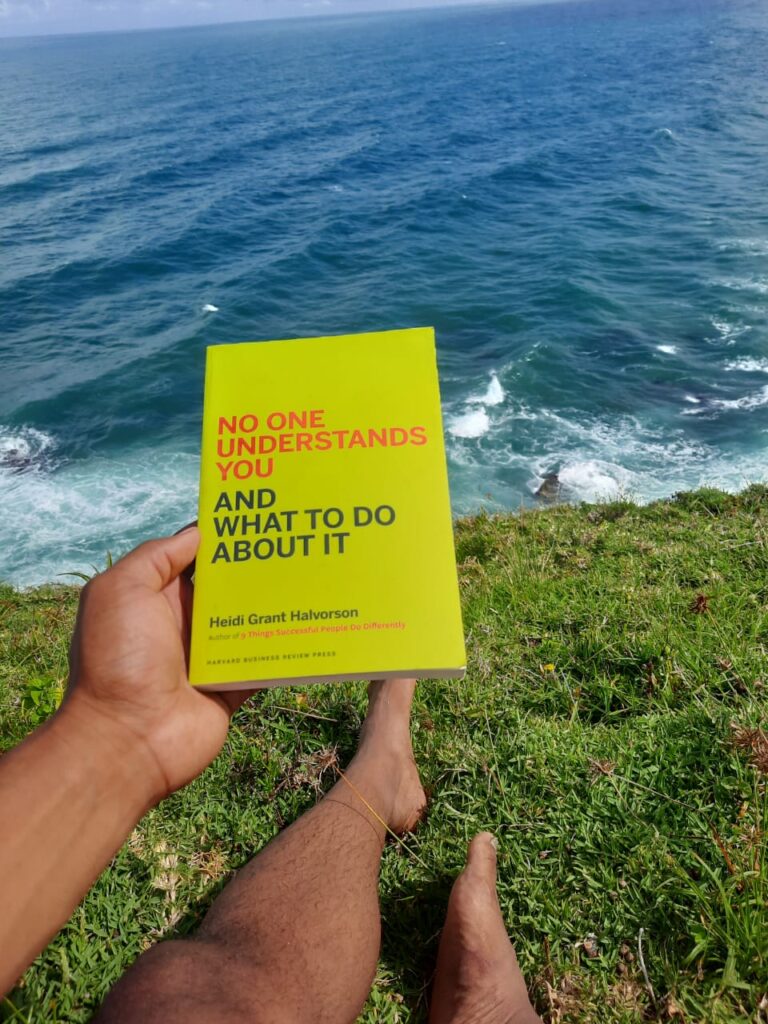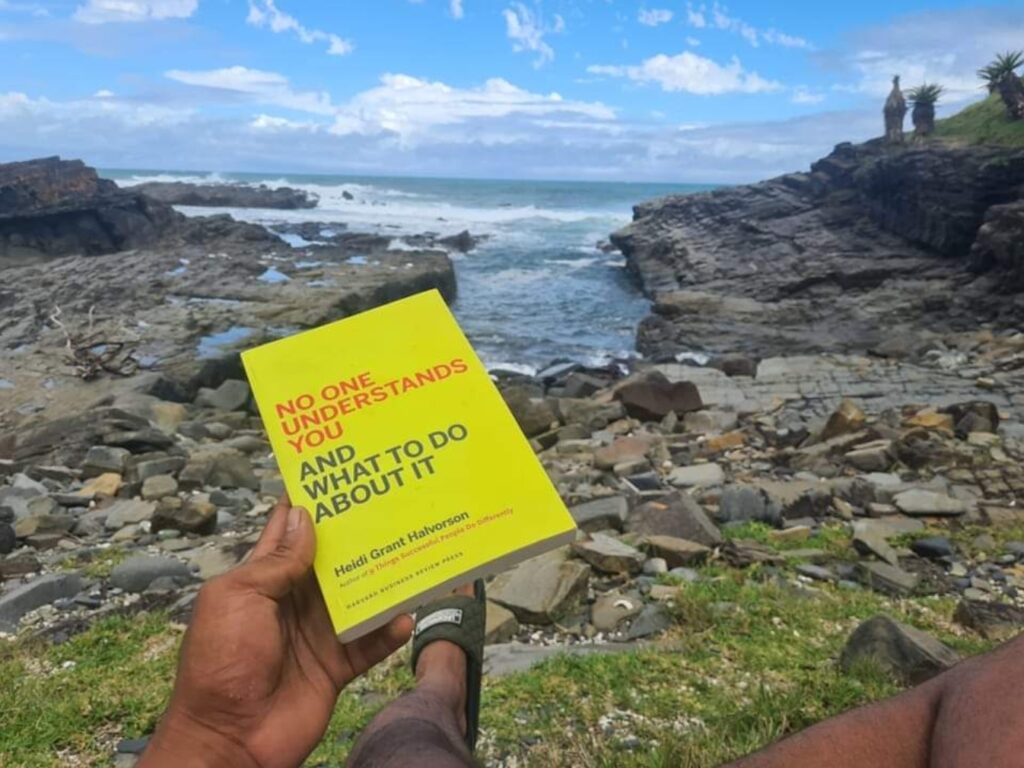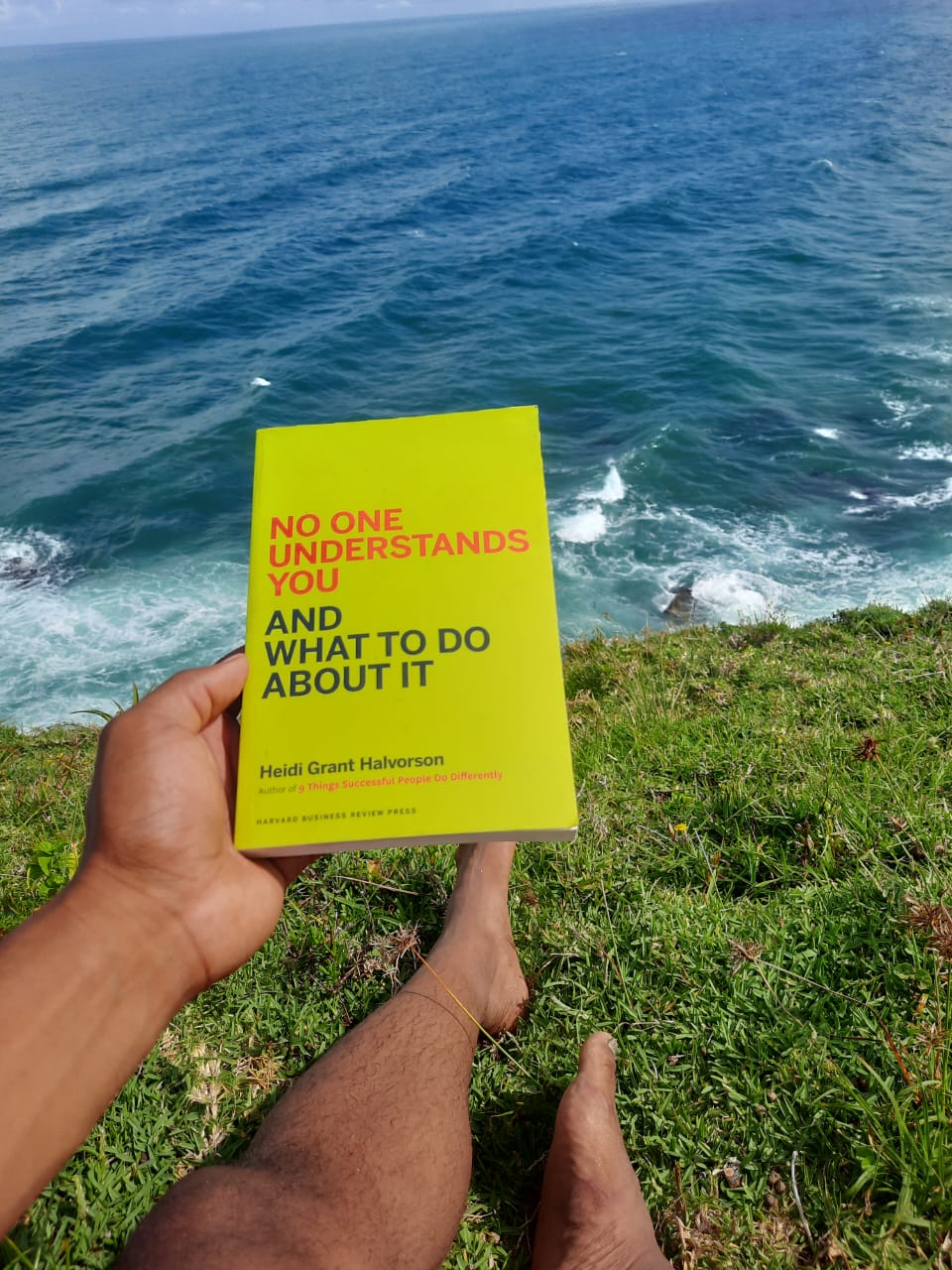
Navigating Perception: My Journey Through “No One Understands You and What to Do About It” by Heidi Grant Halvorson
Perception is a powerful force. It shapes our interactions, influences our decisions, and often determines our success or failure in various aspects of life. I’ve always been fascinated by how we perceive and understand the world around us, which is why I thoroughly enjoyed reading Heidi Grant Halvorson’s No One Understands You and What to Do About It. The book delves deep into the complexities of human perception, offering insights that are not only eye-opening but also practical for navigating the social dynamics we all face.
The Cognitive Misers and Phases of Perception
One of the first concepts that struck me was the idea that people are “cognitive misers.” Essentially, we’re wired to conserve mental energy, which means we often rely on shortcuts and assumptions when processing information about others. This explains why no one is truly an open book—our brains are constantly filtering and simplifying the information we receive. It’s not that people don’t want to understand us; it’s that their cognitive processes naturally prioritize efficiency over accuracy.
The book also touches on the two phases of perception, a concept that reminded me of Daniel Kahneman’s Thinking, Fast and Slow. The first phase is automatic and immediate, where we make quick judgments based on surface-level information. The second phase is more deliberate and thoughtful, allowing for deeper understanding. However, we often stop at the first phase, especially when interacting with people we don’t know well or don’t find immediately relevant to our goals.
Looking back at some of my own interactions, this really hit home. I can now see why certain situations played out the way they did—why someone might have jumped to conclusions about me, or why I might have misunderstood someone else’s intentions. It’s easier to understand now that we’re all working with these mental shortcuts, trying to make sense of the world with limited cognitive resources. Recognizing this has helped me be more patient and thoughtful in my interactions, giving me a clearer path forward when I face misunderstandings or conflicts.
Trust, Potential, and the Power Lens
One of the most intriguing insights from the book is the idea that people are more impressed by your potential than by your track record. This was a surprising revelation, but it makes sense when you think about it. Potential is a promise of future greatness, a blank canvas on which others can project their hopes and expectations. This has significant implications for how we present ourselves in both personal and professional contexts.
Another concept that really resonated with me is the idea that we are more likely to trust people who have first trusted us. Trust is often seen as a two-way street, but this book emphasizes that being on the same team—or at least appearing to be—can significantly influence how we are perceived. This has changed the way I approach new relationships, making me more mindful of the importance of building mutual trust from the outset.
But the most valuable and insightful part of the book for me was the discussion on the “power lens.” The author explains that whenever there is a disparity of power in an interaction, the person with more power views the interaction through a lens of utility: “Prove yourself useful to me.”
Power, as the book describes, is an asymmetric control of resources, and those who hold power often feel entitled to these resources. It’s not that powerful people think they are better than you—they simply don’t think of you at all.
This was a sobering realization. Reflecting on past experiences, I can now see how power dynamics might have influenced certain interactions. There were moments where I felt ignored or undervalued, and this concept helped me understand why.
Powerful people often don’t feel the need to develop complex or nuanced views of those who are relatively powerless. They operate on assumptions and stereotypes, and their attention is a scarce resource. Understanding this has given me new tools to navigate these power imbalances more effectively, helping me to approach powerful people in a way that aligns with their self-interests and ensures my value is recognized.
Strategies for Changing Perceptions
The book doesn’t just leave you with this stark reality, though. It offers tools to help you be seen clearly through this power lens. One key takeaway is that if you want powerful people to see the real you, you need to capture their attention. This means thinking about their self-interest and figuring out “what’s in it for them.” If you can show them how you can help facilitate their success, you’re more likely to be noticed and appreciated.
I also learned that powerful people are more sensitive to threats to their self-esteem. This means that anything perceived as a threat to their ego can create significant problems. Understanding this can help you navigate interactions more effectively, ensuring that you don’t inadvertently trigger defensive reactions.
One of the most practical lessons I took from the book is how to change people’s perceptions of you when they’ve already made up their minds. If someone has an inaccurate or unfair impression, you need to provide overwhelming evidence that contradicts their assumptions. This might involve demonstrating your value in ways they can’t ignore or ensuring that their success becomes linked to your involvement. The goal is to make it impossible for them to continue seeing you through a flawed lens.
As I look forward, I see how these strategies can be applied to situations where I feel stymied or misunderstood. Whether it’s in a professional setting where I need to prove my worth or in personal relationships where perceptions have become skewed, these tools give me a way to shift the narrative and achieve better outcomes.
Seeing Clearly: Yourself and Others
Finally, the book concludes with tools to help you see yourself and others more accurately. It’s a reminder that perception is not just about how others see us, but also about how we see the world. By understanding the biases and shortcuts that influence perception, we can learn to navigate social dynamics more effectively, build stronger relationships, and ultimately achieve greater success in our personal and professional lives.

No One Understands You and What to Do About It has been a transformative read for me. It has not only deepened my understanding of how perception works but also provided practical strategies for improving how I’m perceived by others. In a world where so much hinges on how we’re seen, these insights are invaluable. The book teaches us that while we may never fully control how others see us, we can certainly influence it—and that’s a power worth mastering.
